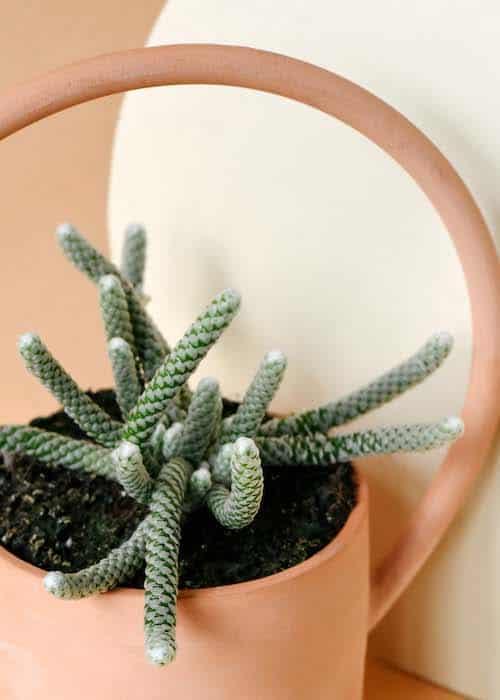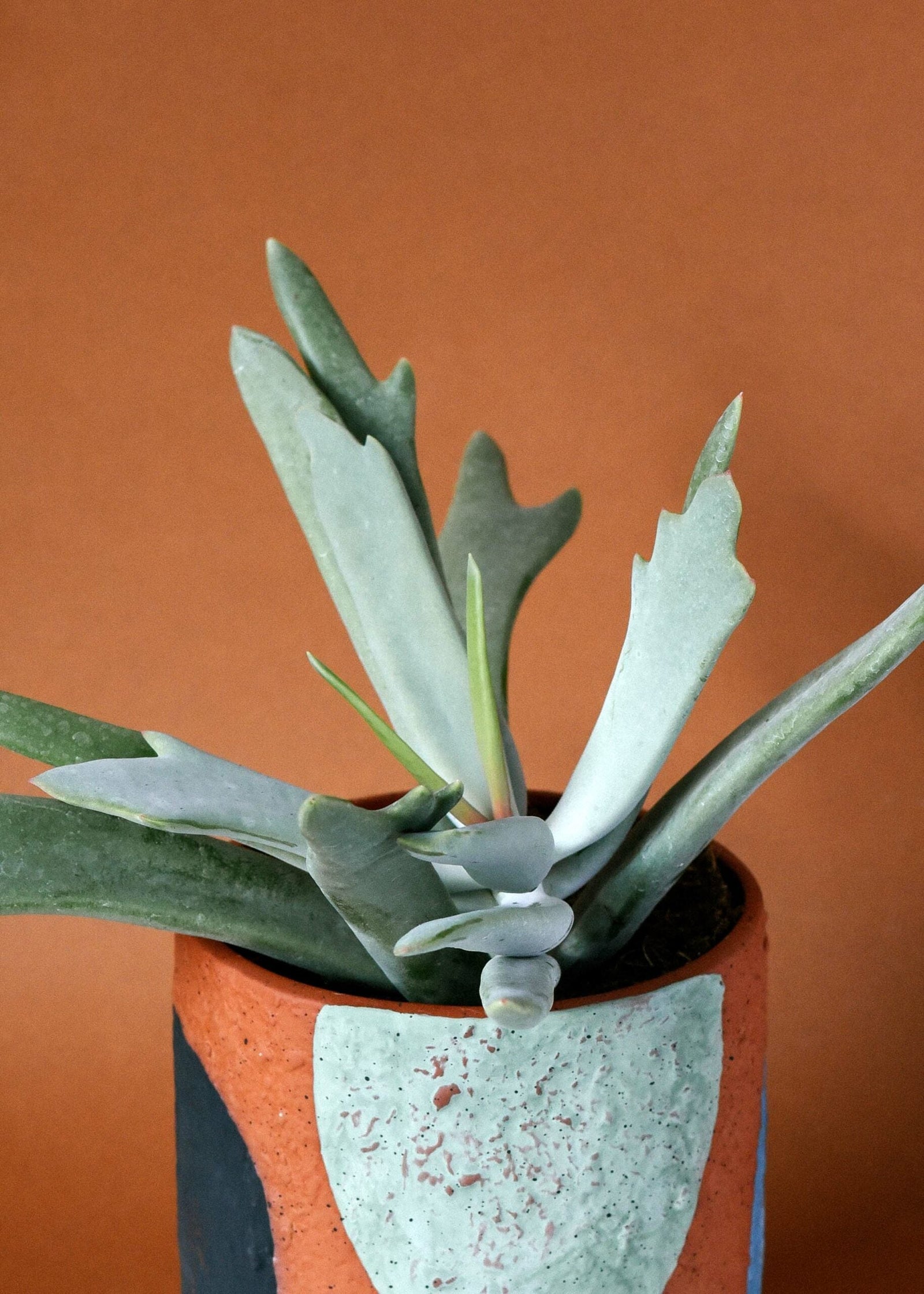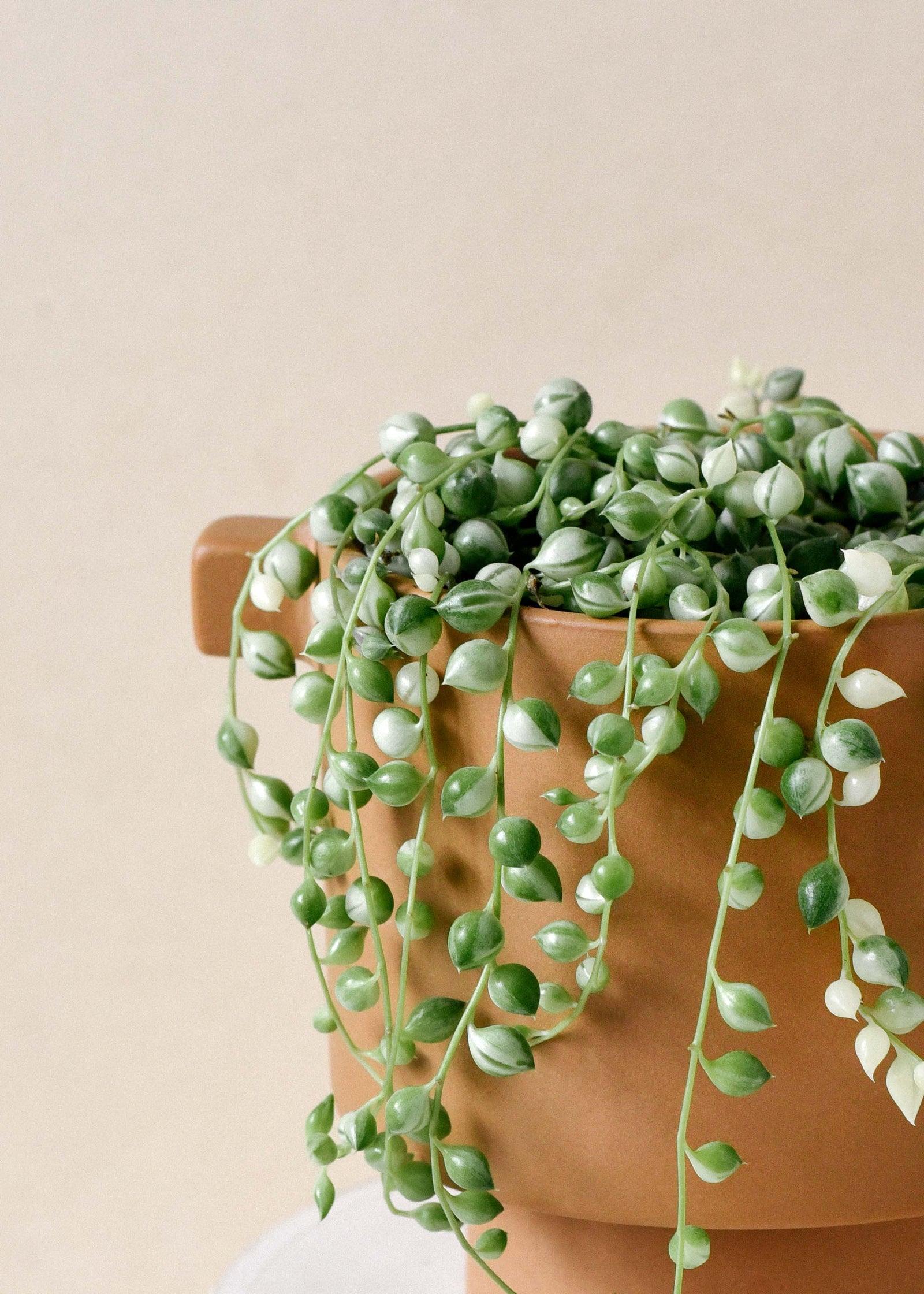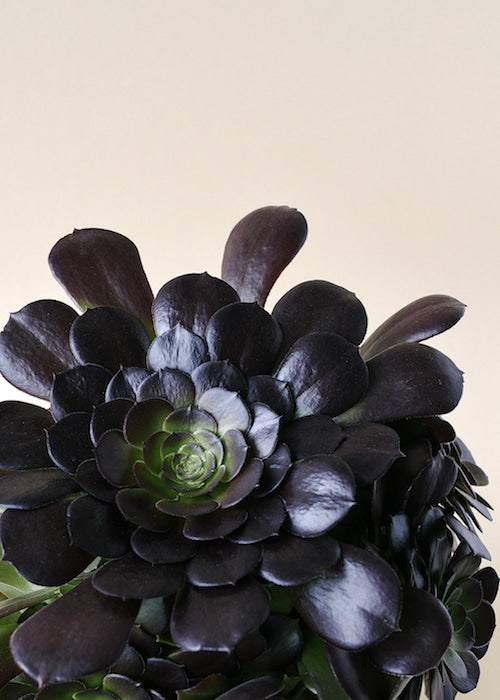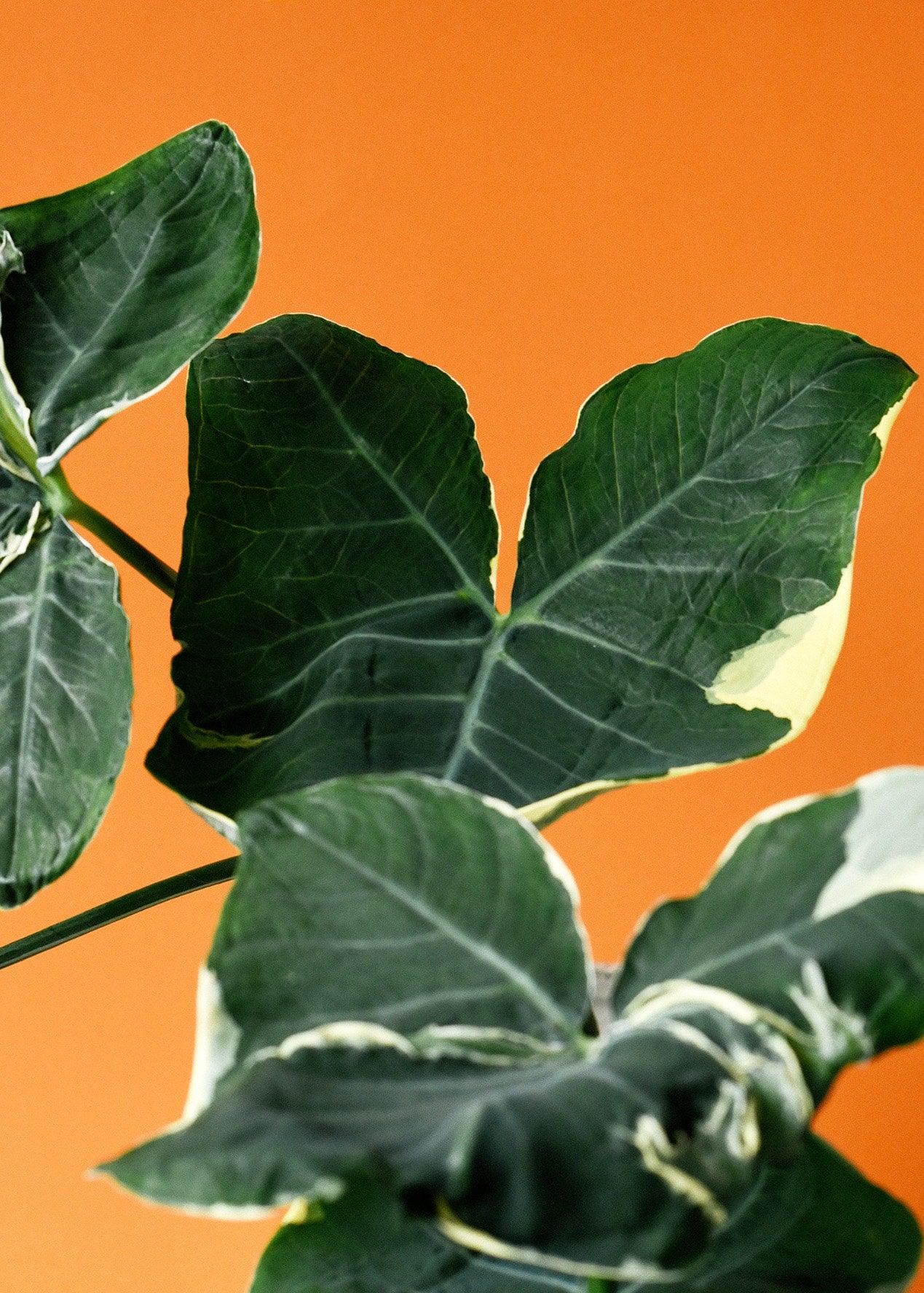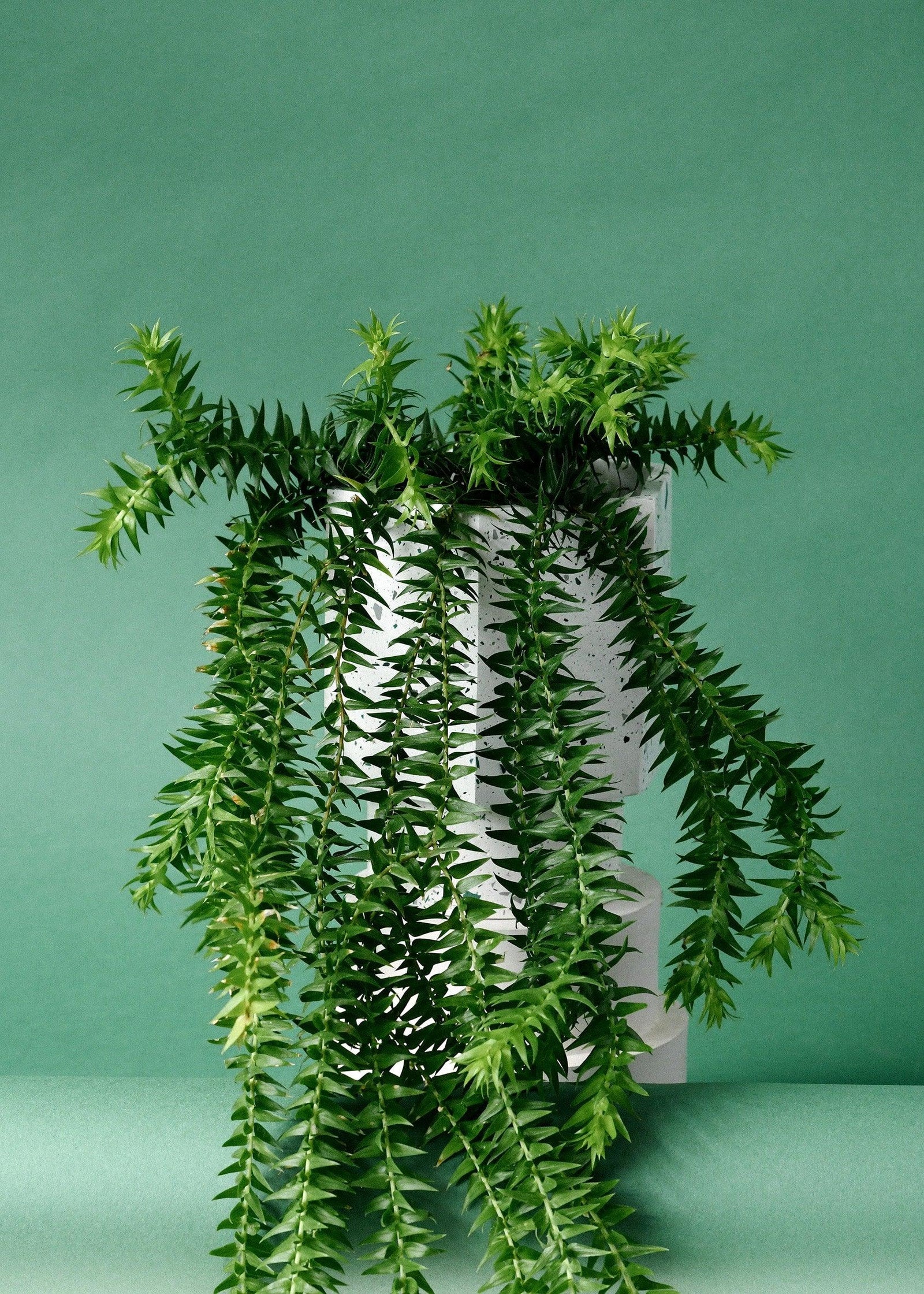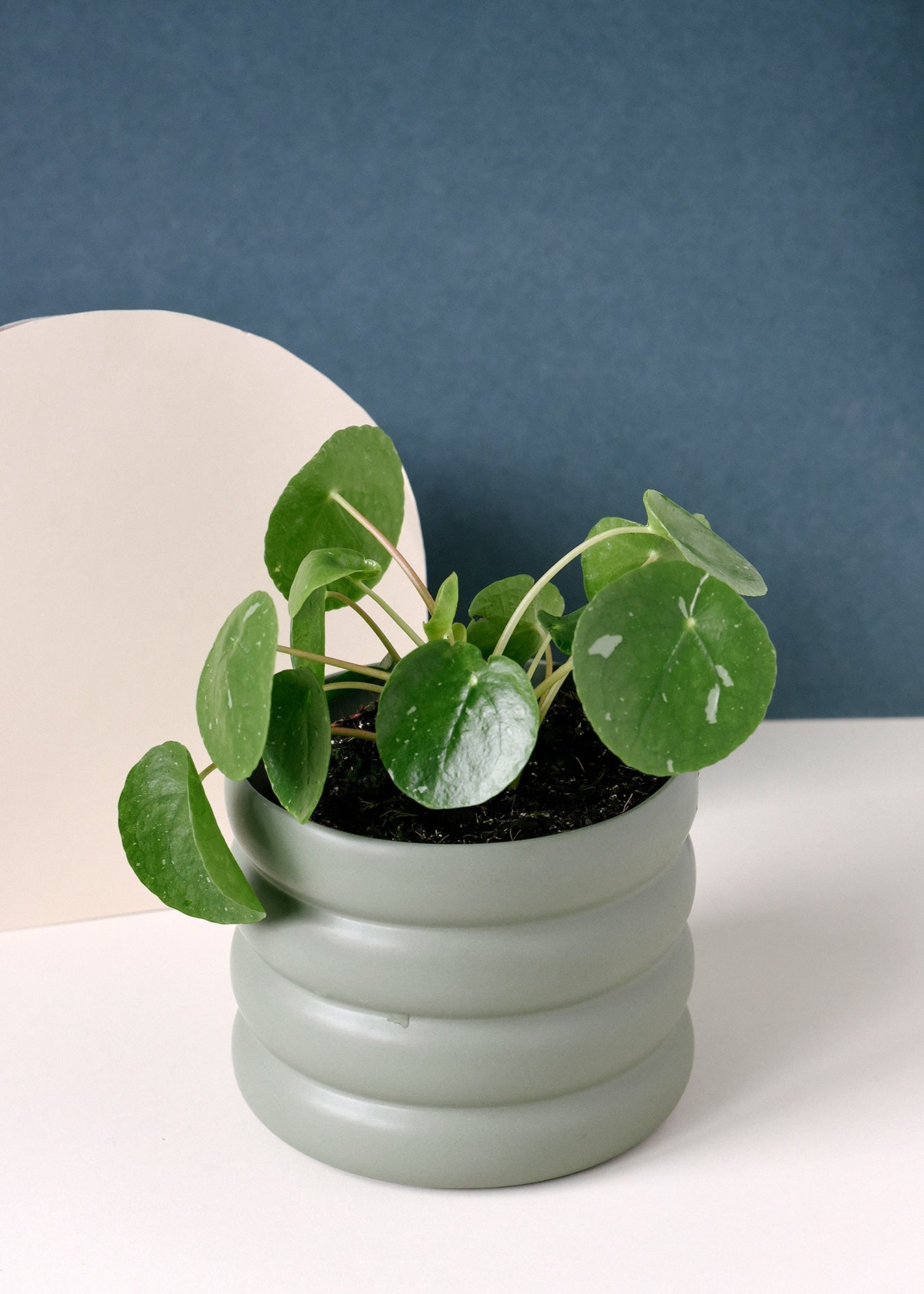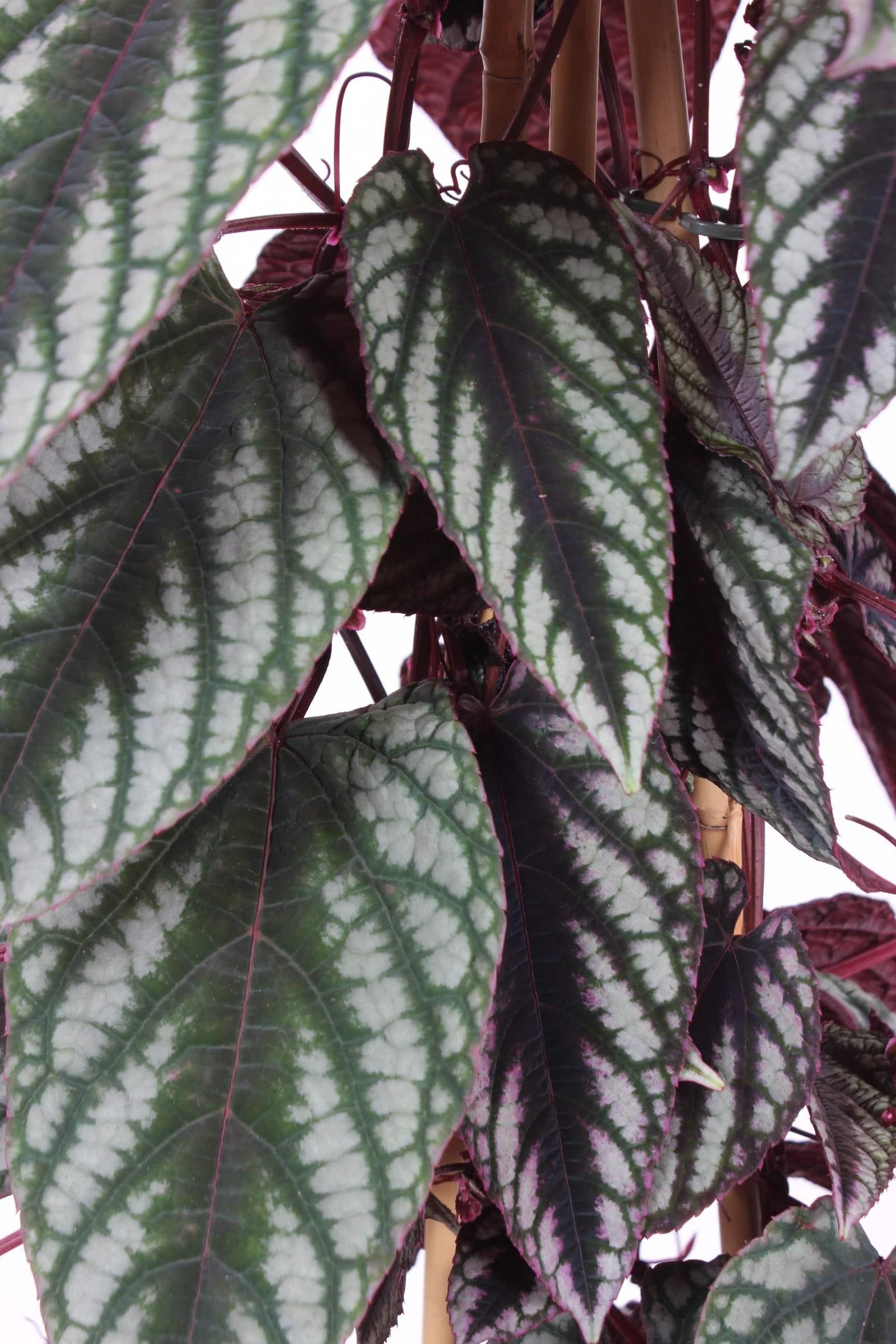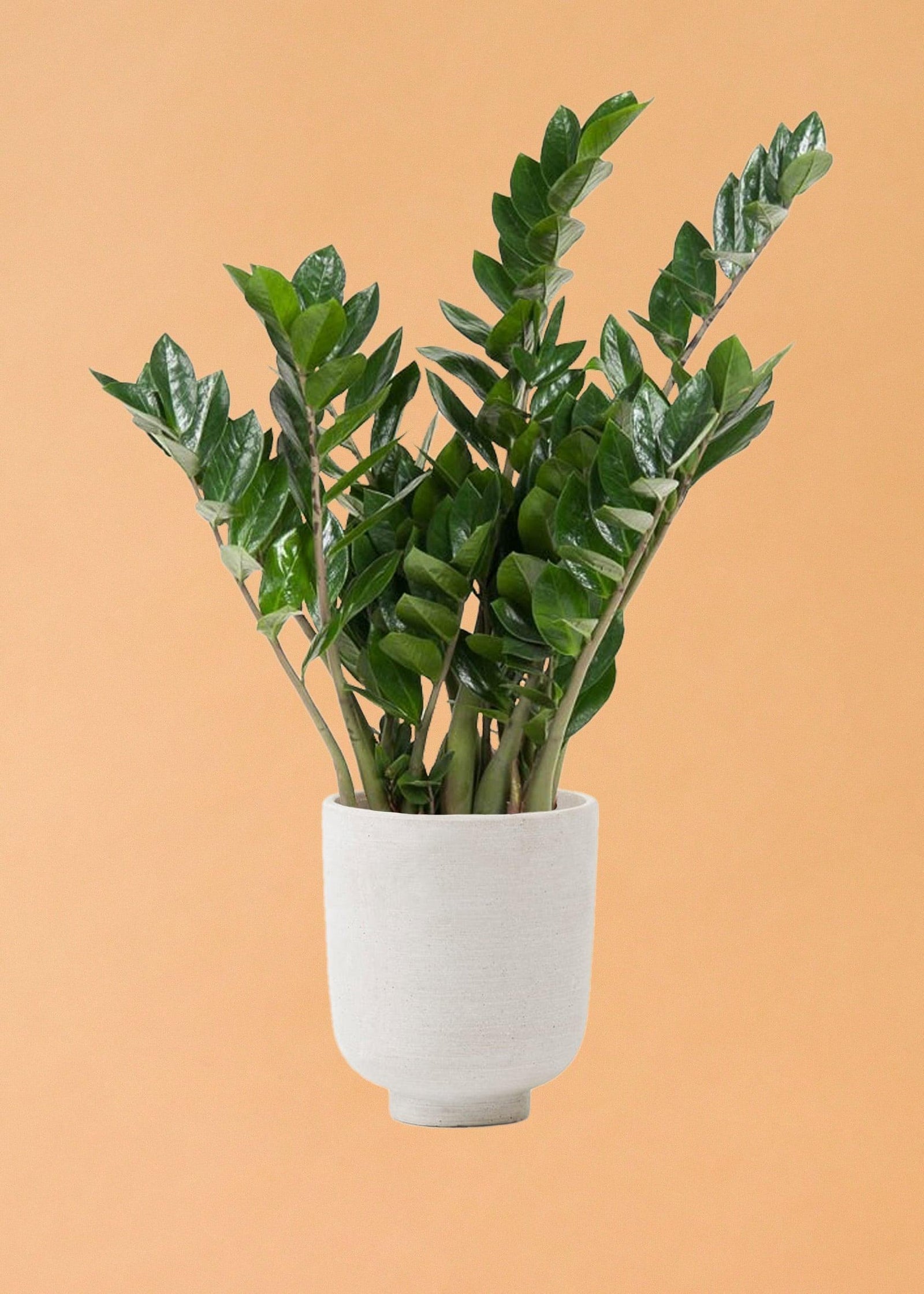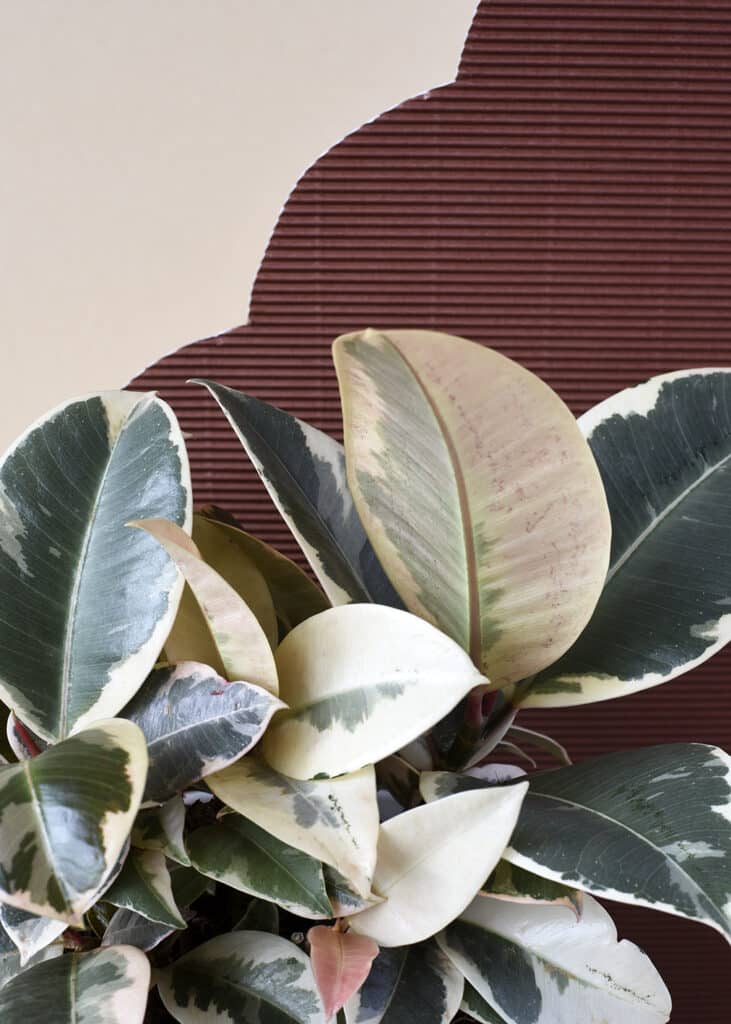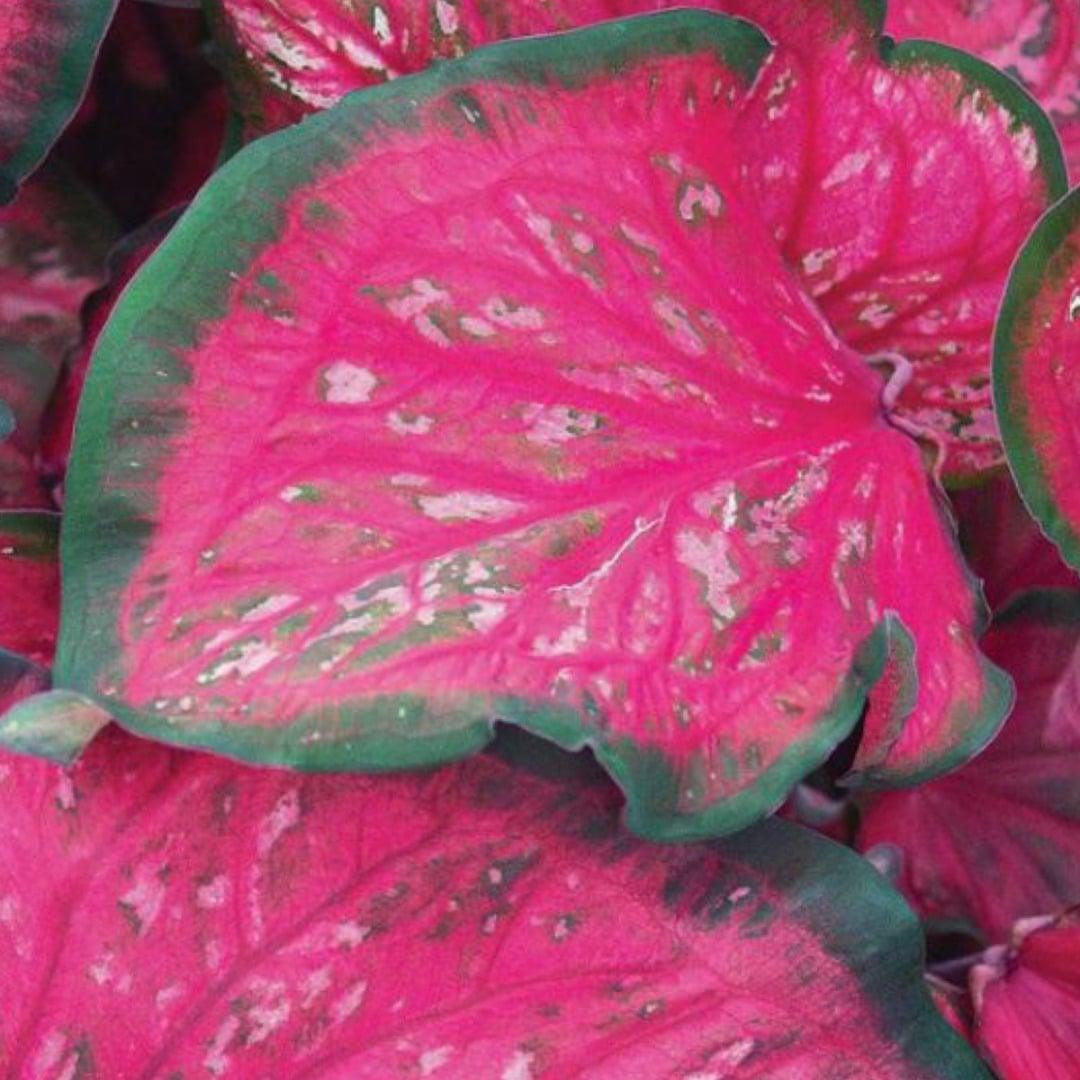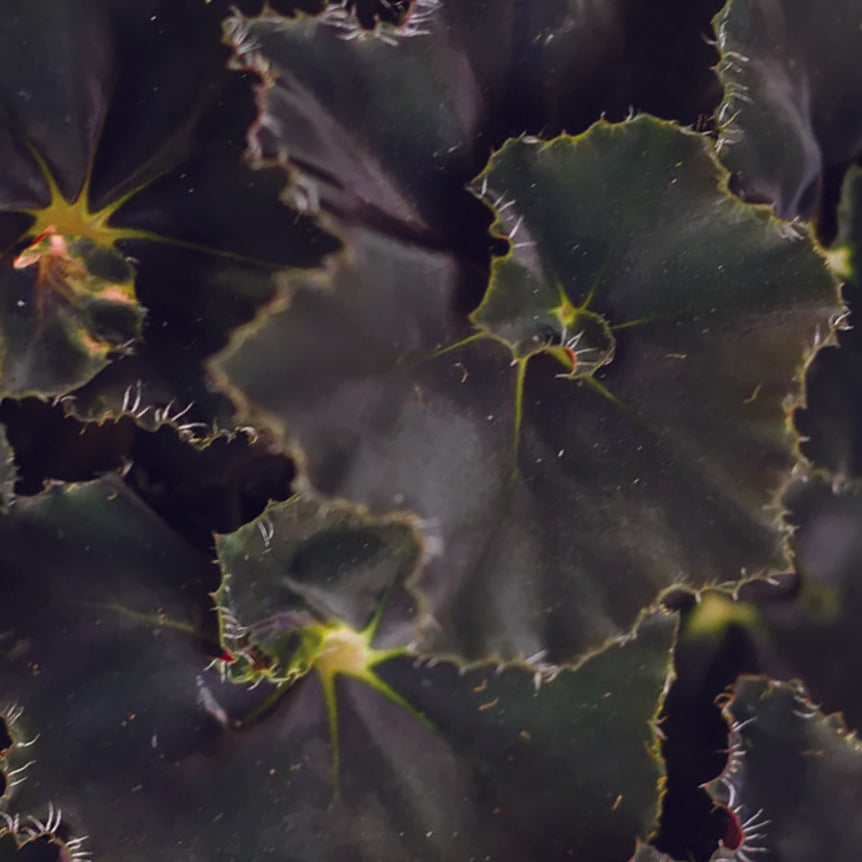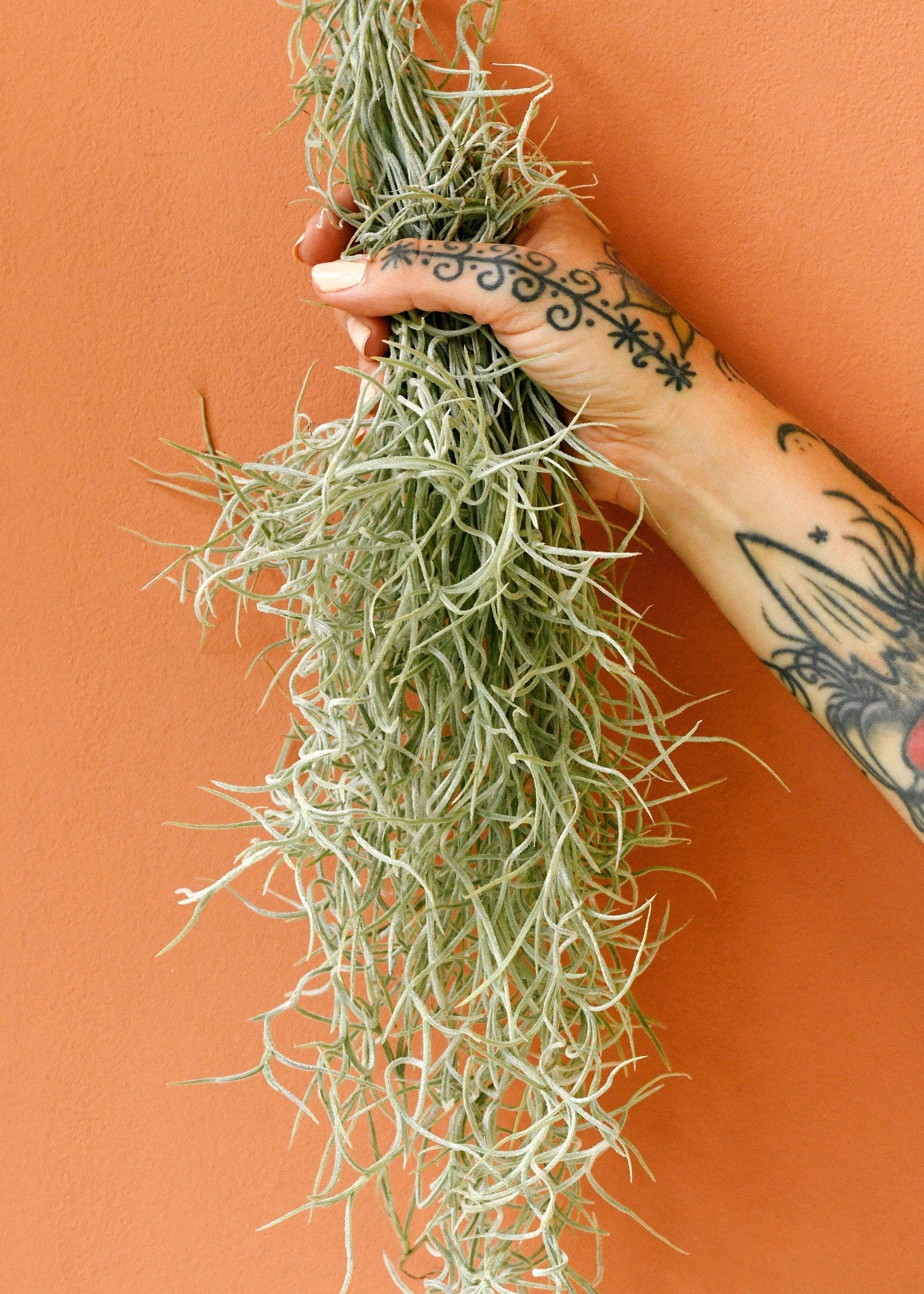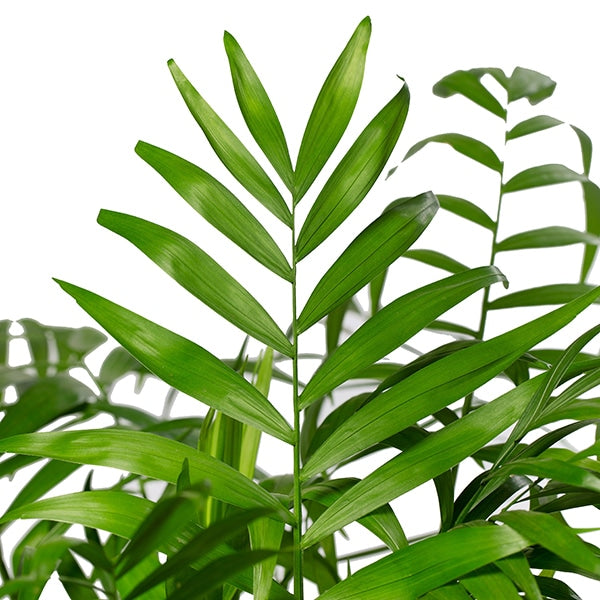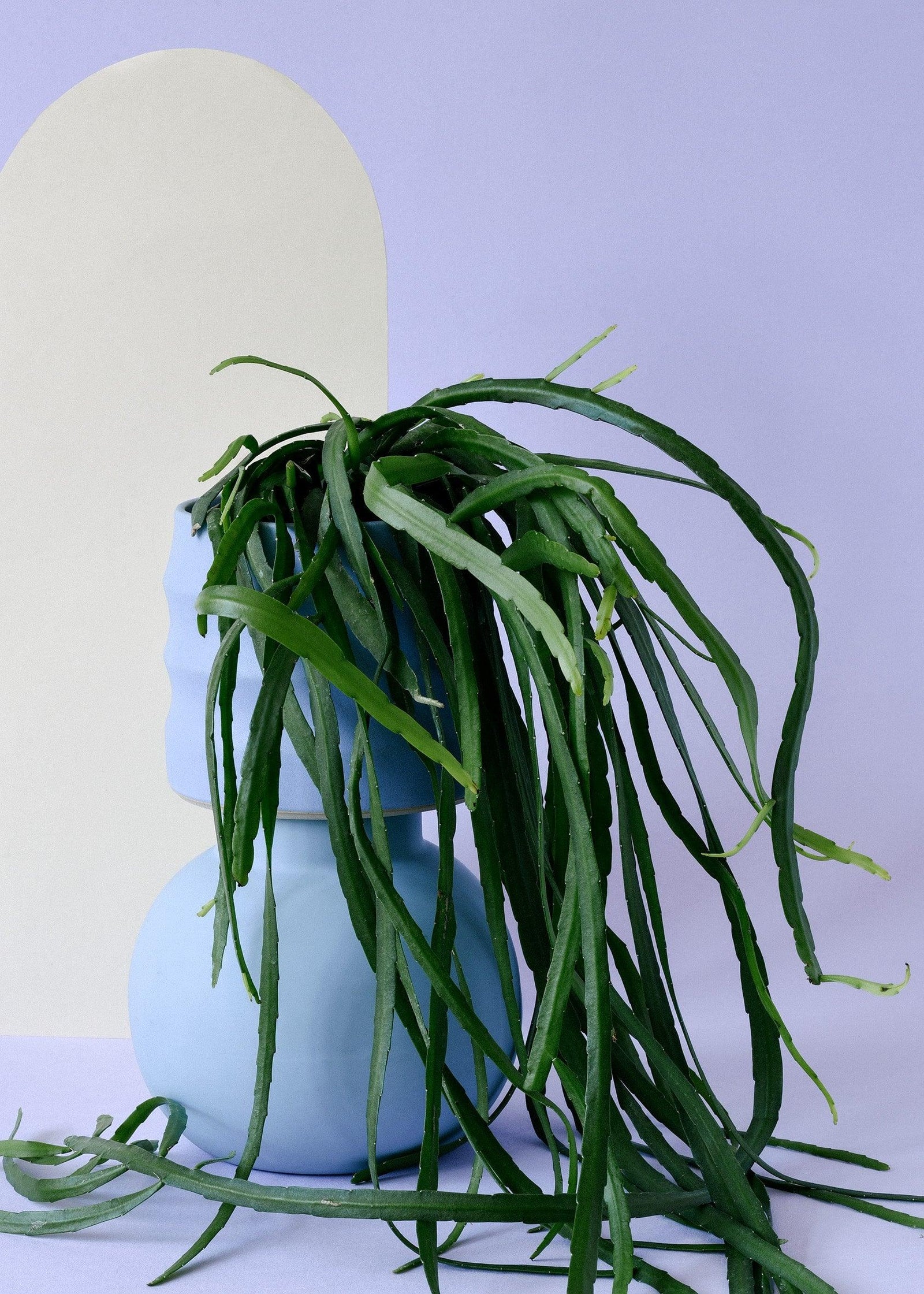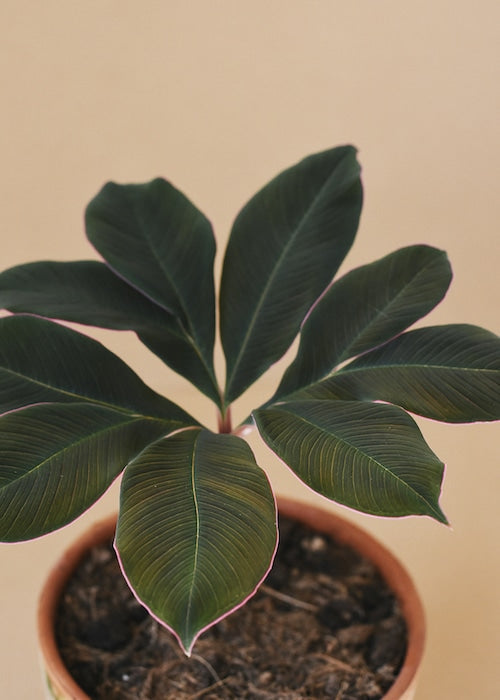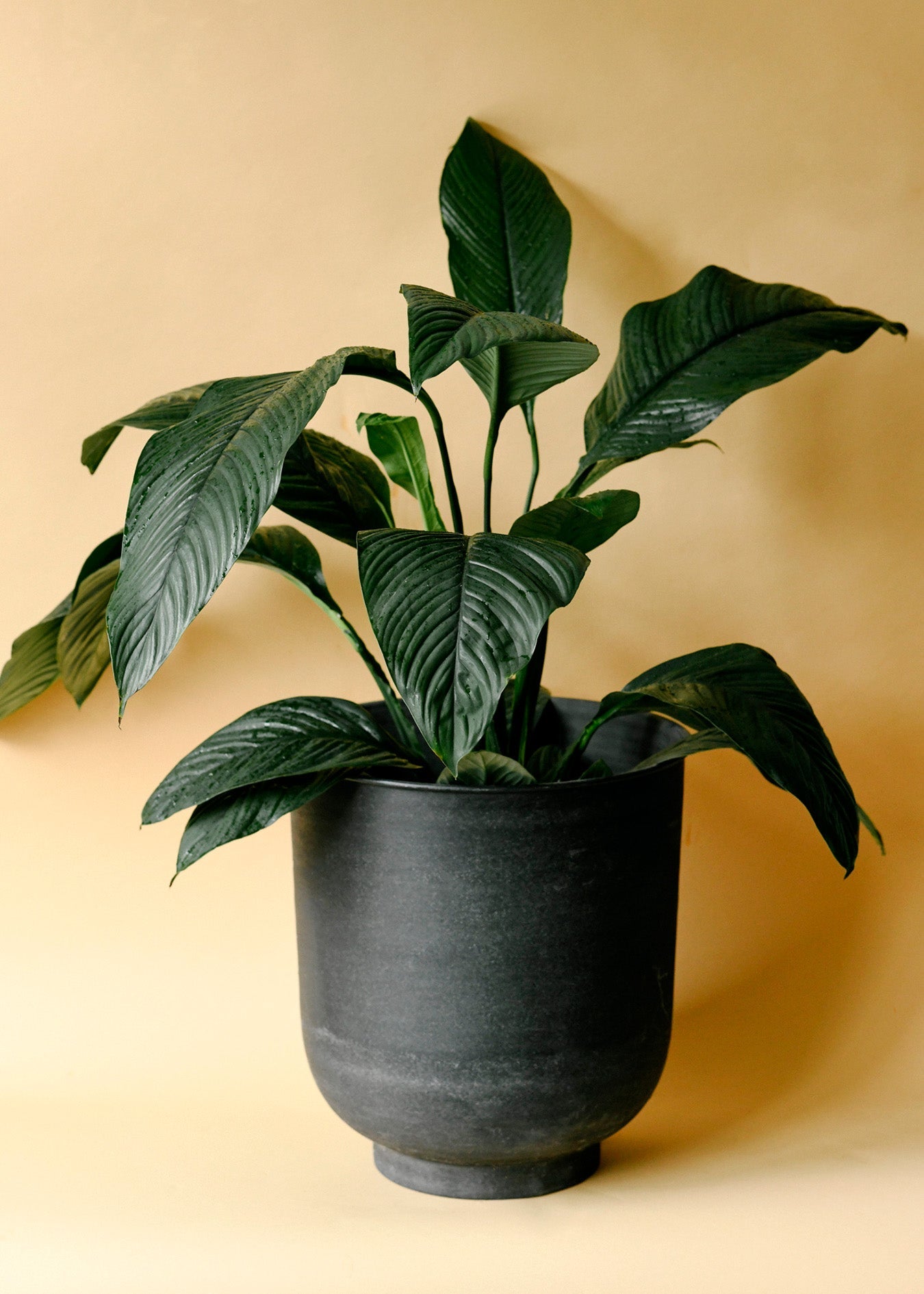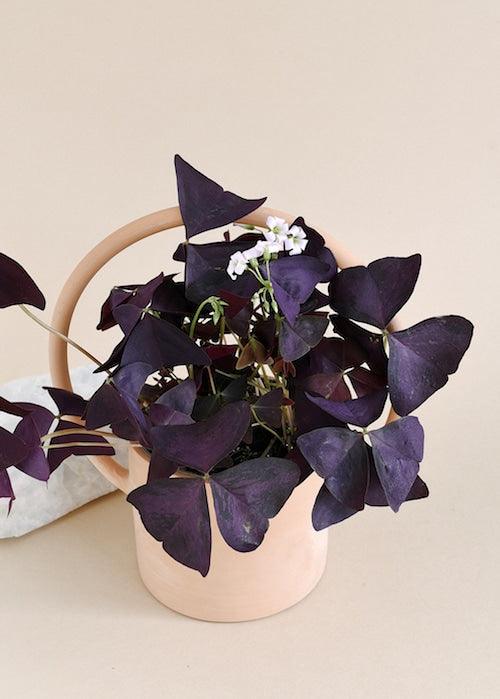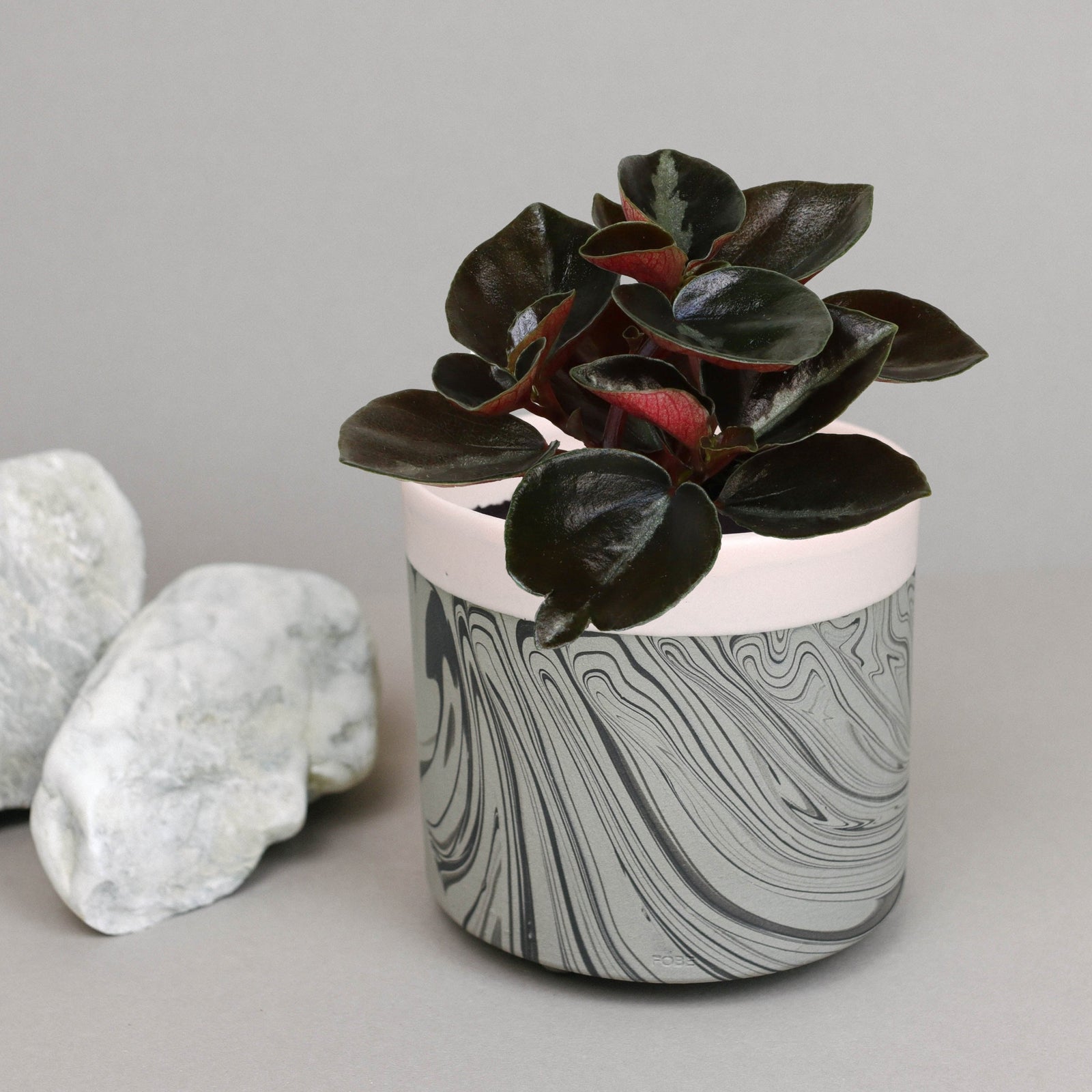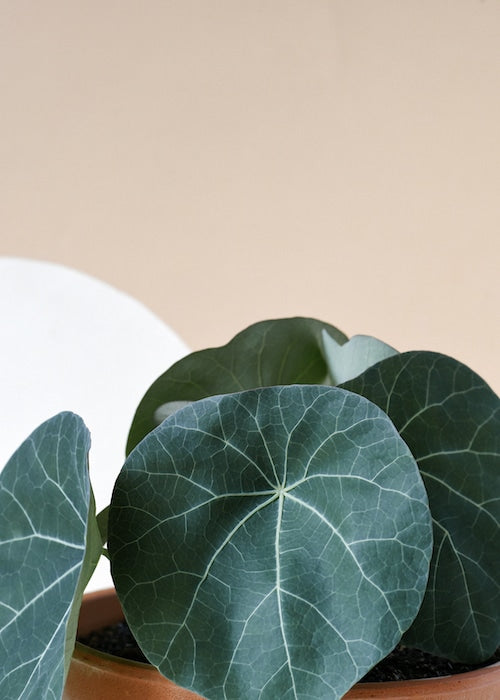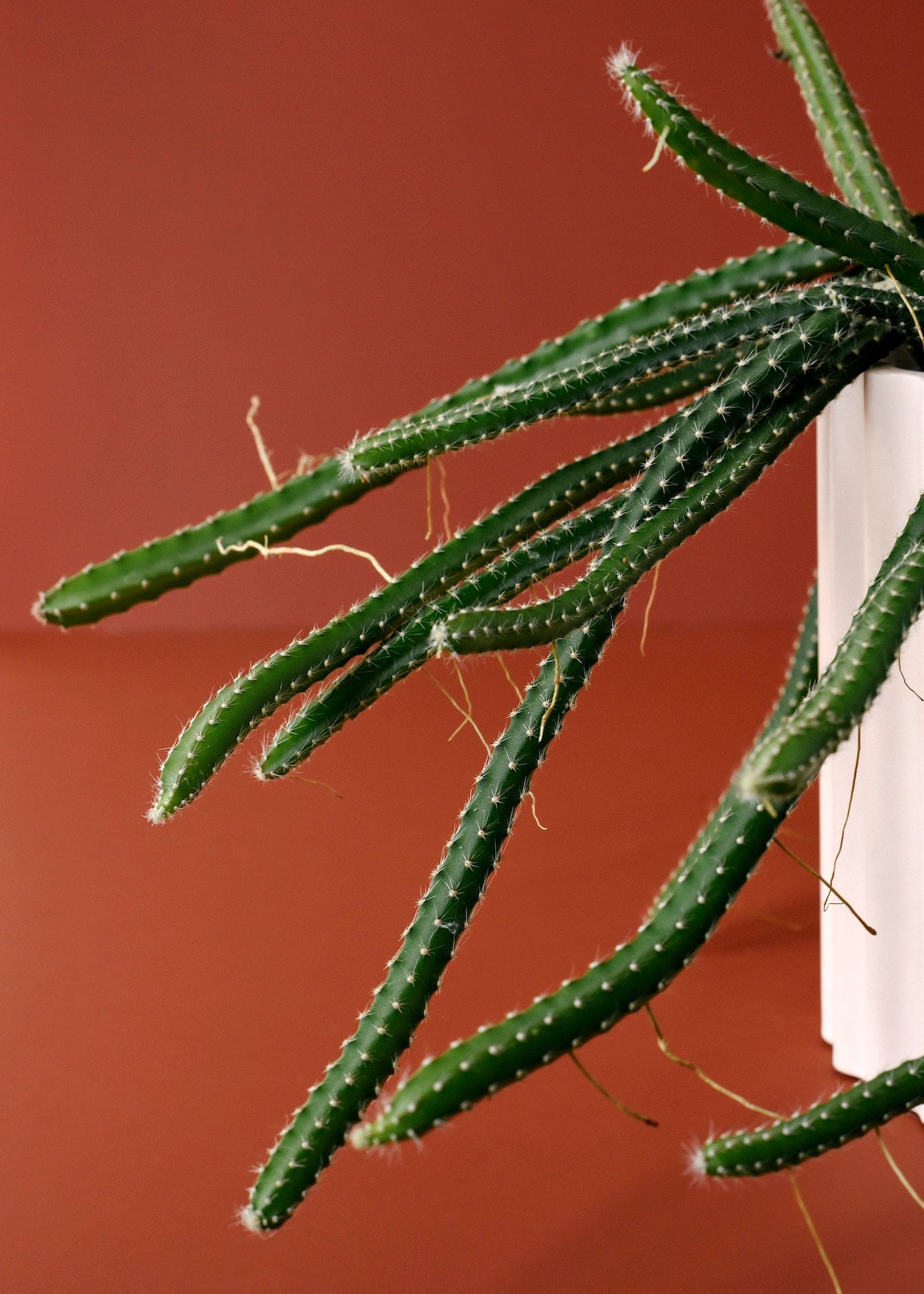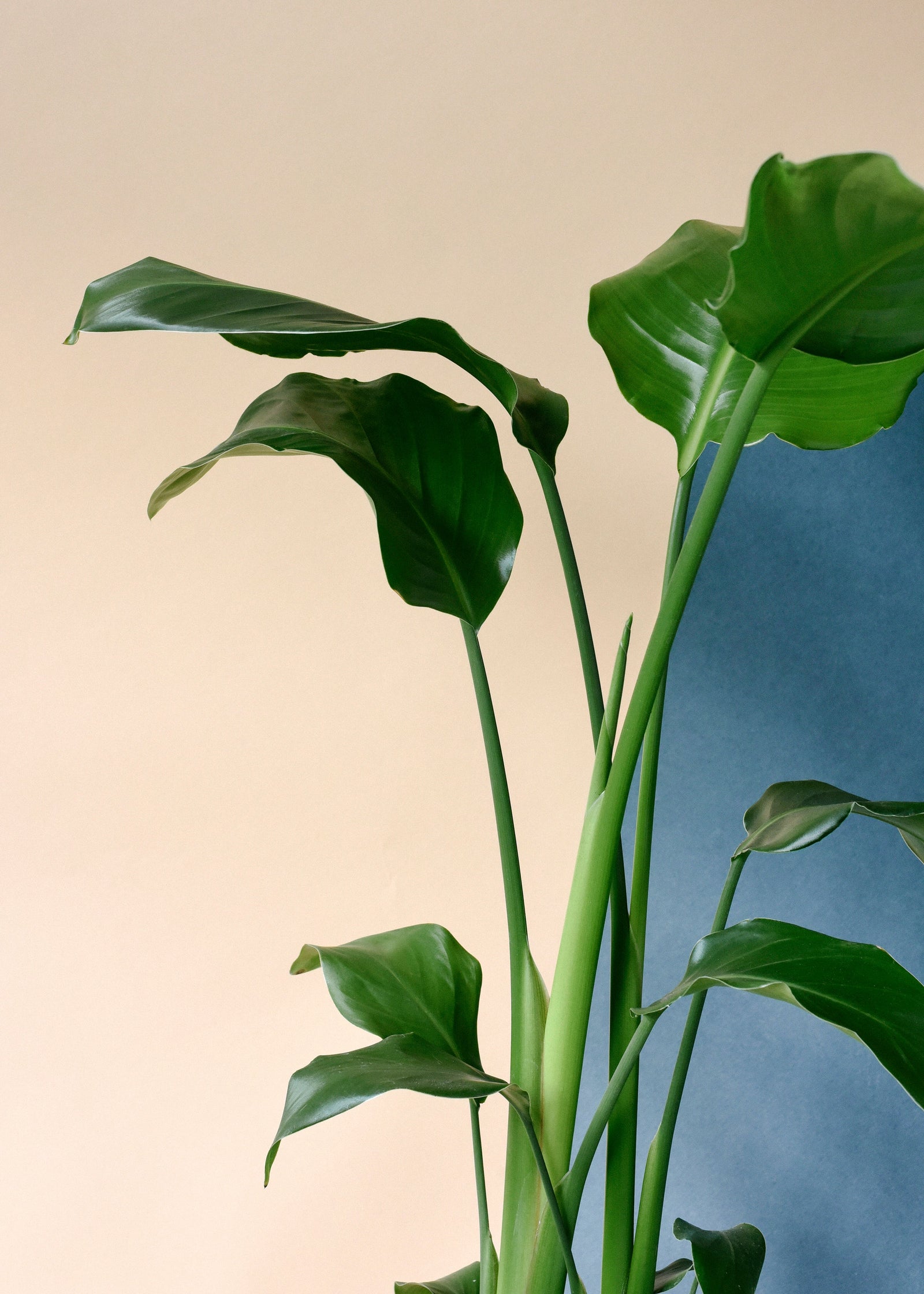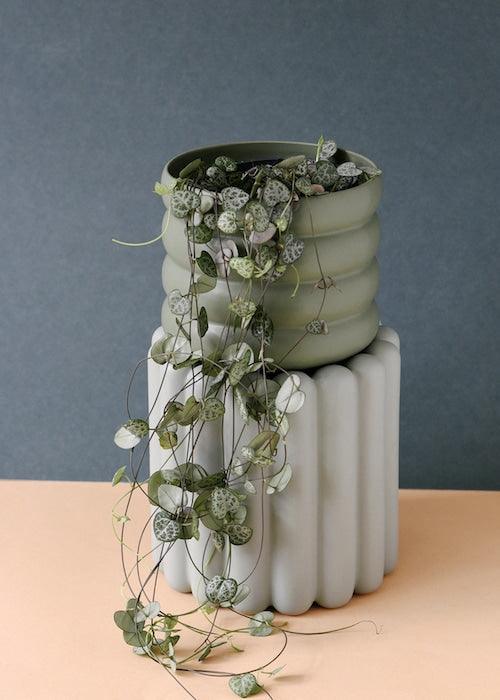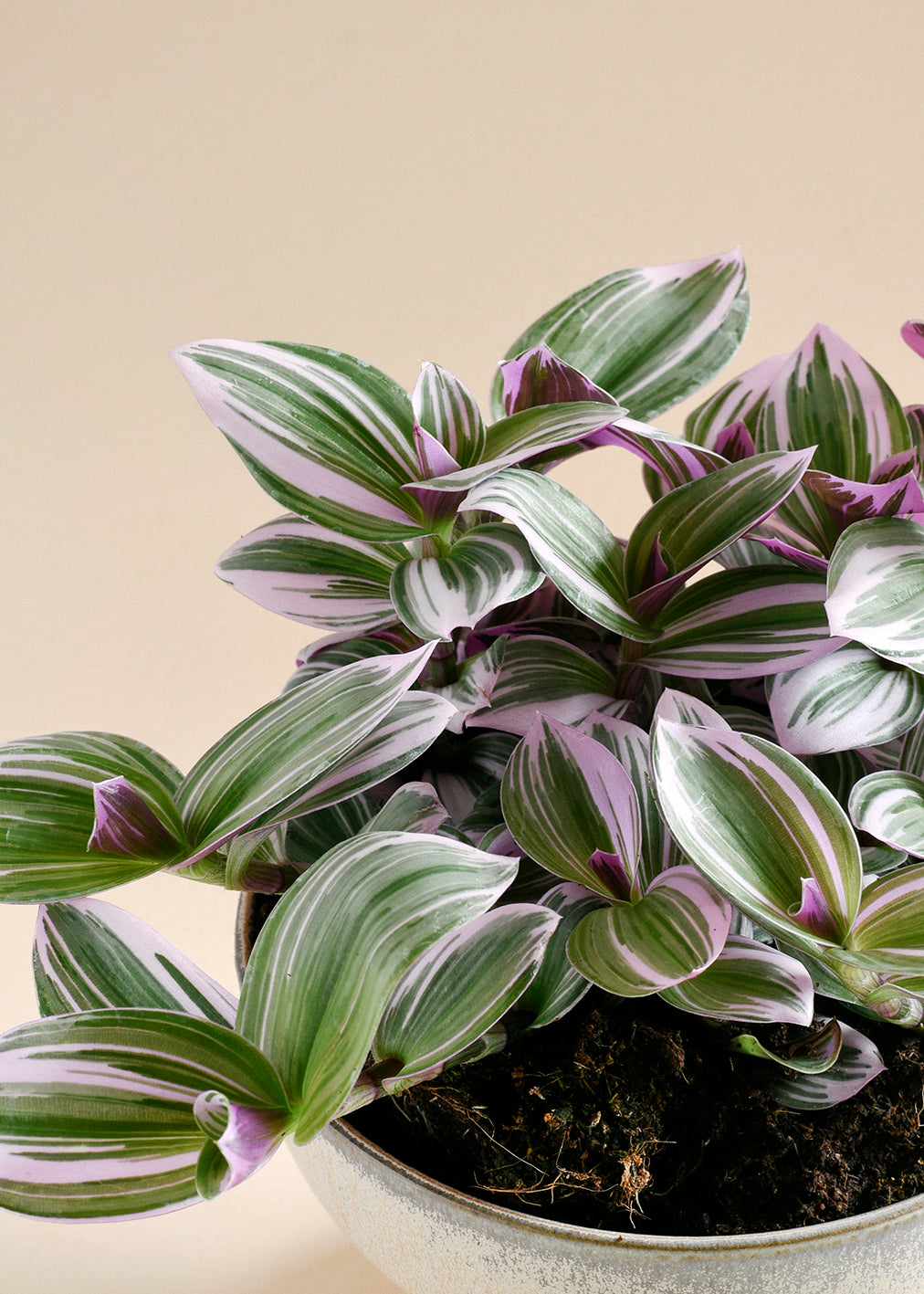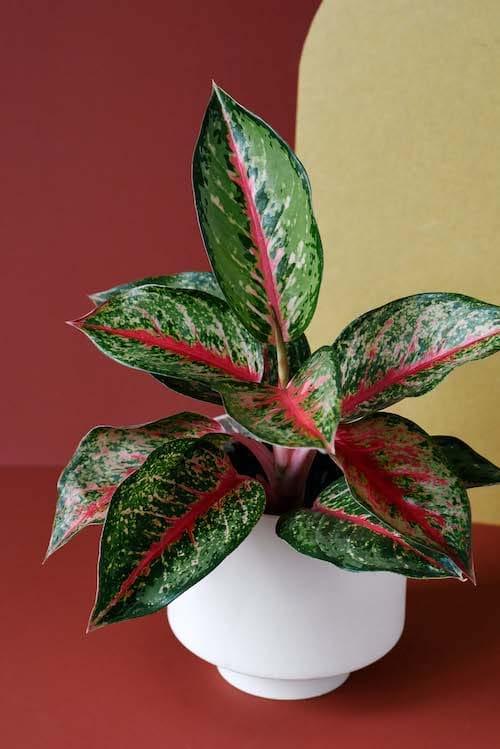Welcome to our comprehensive guide on caring for Pinguicula, also known as the "Butterwort." These captivating carnivorous plants are not only fascinating but also relatively easy to care for, making them a great addition to your indoor plant collection.
Care Summary
| Light | Bright indirect light |
|---|---|
| Watering | Should stay moist, water with distilled water only |
| Humidity | Moderate, 50% |
| Soil | Can grow well in pretty much any medium |
| Pruning | Remove dead leaves and spent flowers as needed |
| Toxicity | Non-toxic |
Lighting Tips
Pinguicula thrives in bright, indirect light. A north-facing window or a shaded east- or west-facing window are ideal locations. Too much direct sunlight can cause the leaves to scorch, while too little light can inhibit their carnivorous properties.
Watering Advice
Consistent moisture is key for Pinguicula. Water them with distilled water or rainwater, as tap water can often contain minerals that might build up in the soil and harm the plant. Ensure the soil or growing medium is evenly moist but not waterlogged.
Humidity Requirements
A moderate humidity level of about 50% mimics Pinguicula's natural habitat. If your home is dry, especially in winter, consider using a humidifier or placing a water tray near the plant to maintain adequate humidity levels.
Soil and Planting Tips
Butterworts aren't very picky about their soil. They do well in a mix of peat and perlite or sand, which ensures good drainage and aeration. Avoid heavy, compact soils that can retain too much water and cause root rot.
Pruning and Maintenance
Regularly remove any dead or dying leaves and spent flowers to encourage healthier growth and prevent potential pests. During dormancy in winter, reduce watering but do not let the plant dry out completely.
Why We Love It
Pinguicula not only adds a touch of exotic charm to your home but also helps in controlling pests like gnats and small flies naturally. Their unique leaf structure and flowering habits make them an interesting topic of conversation and a delightful spectacle.



